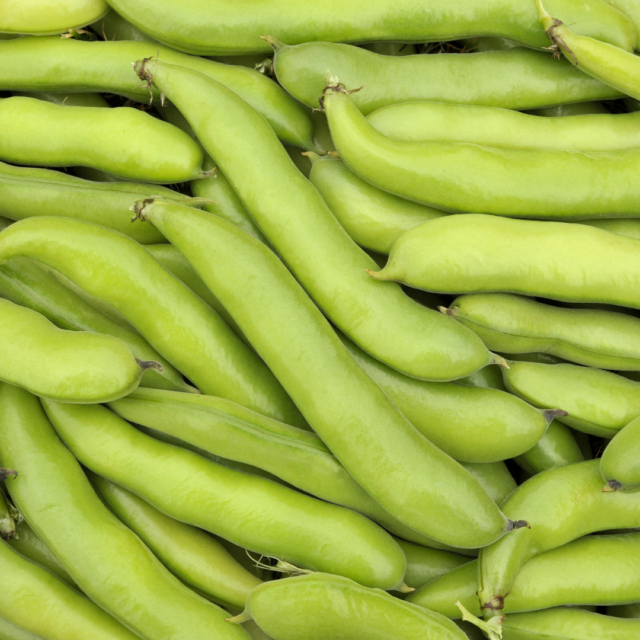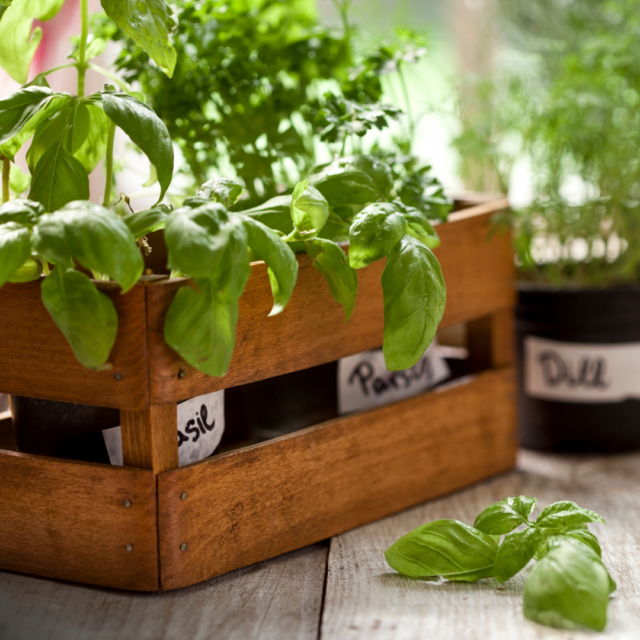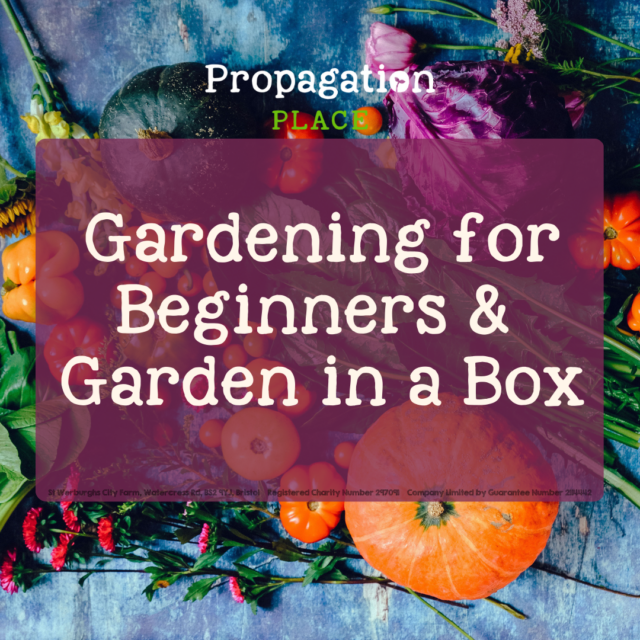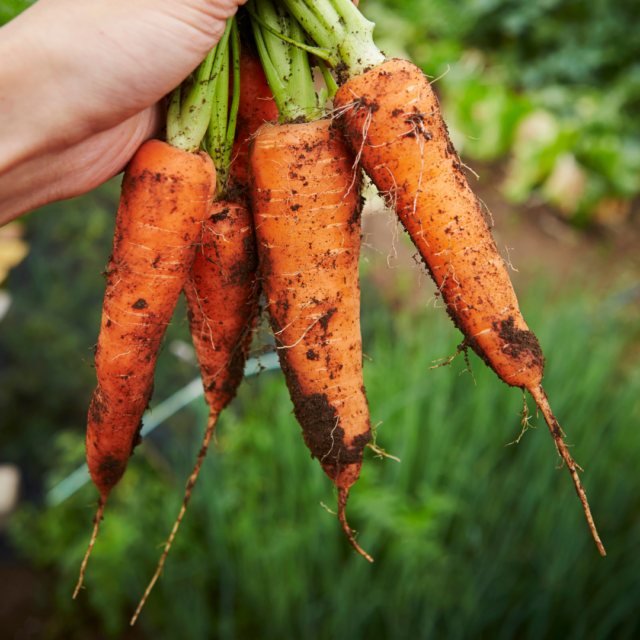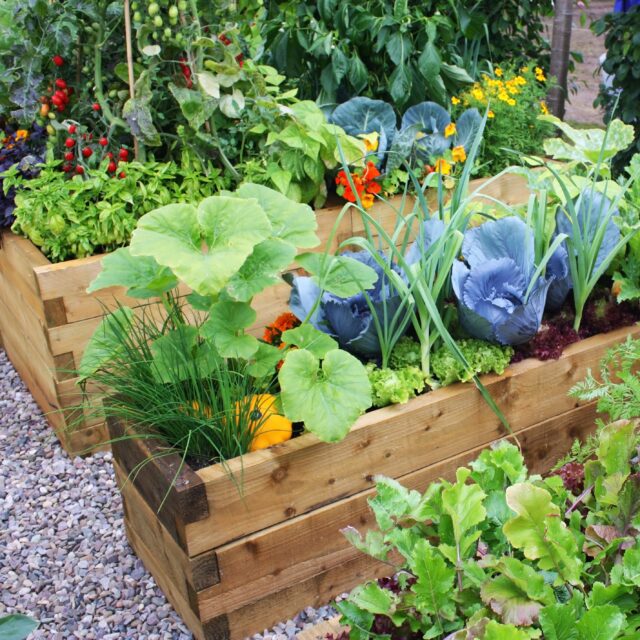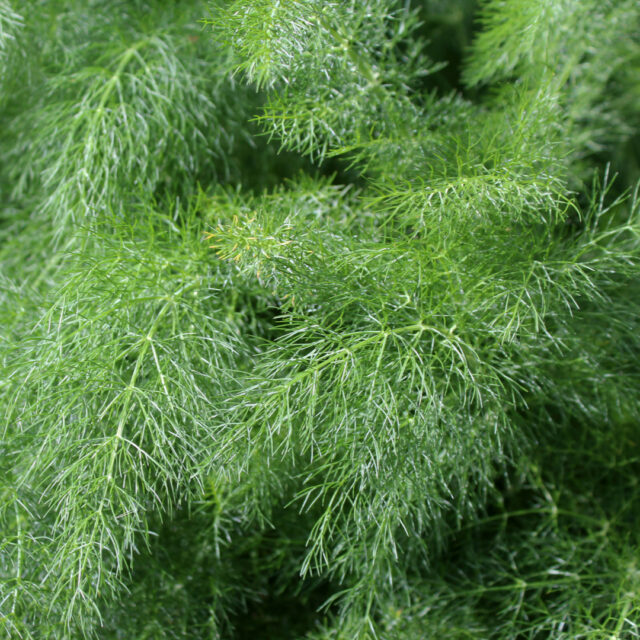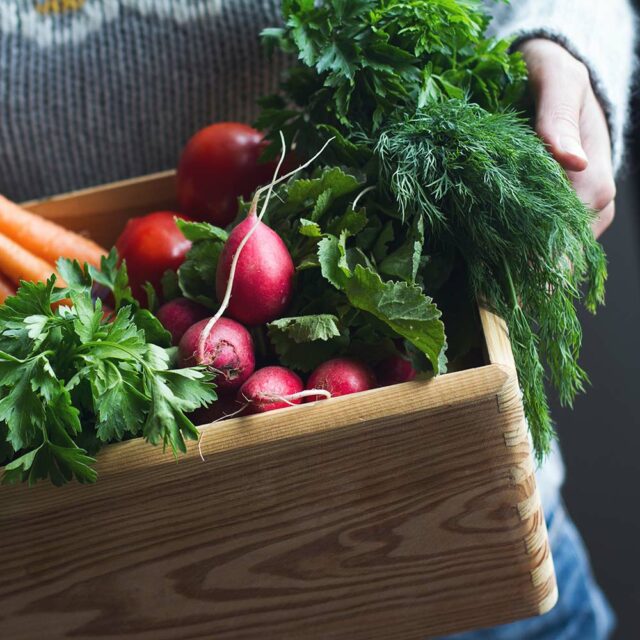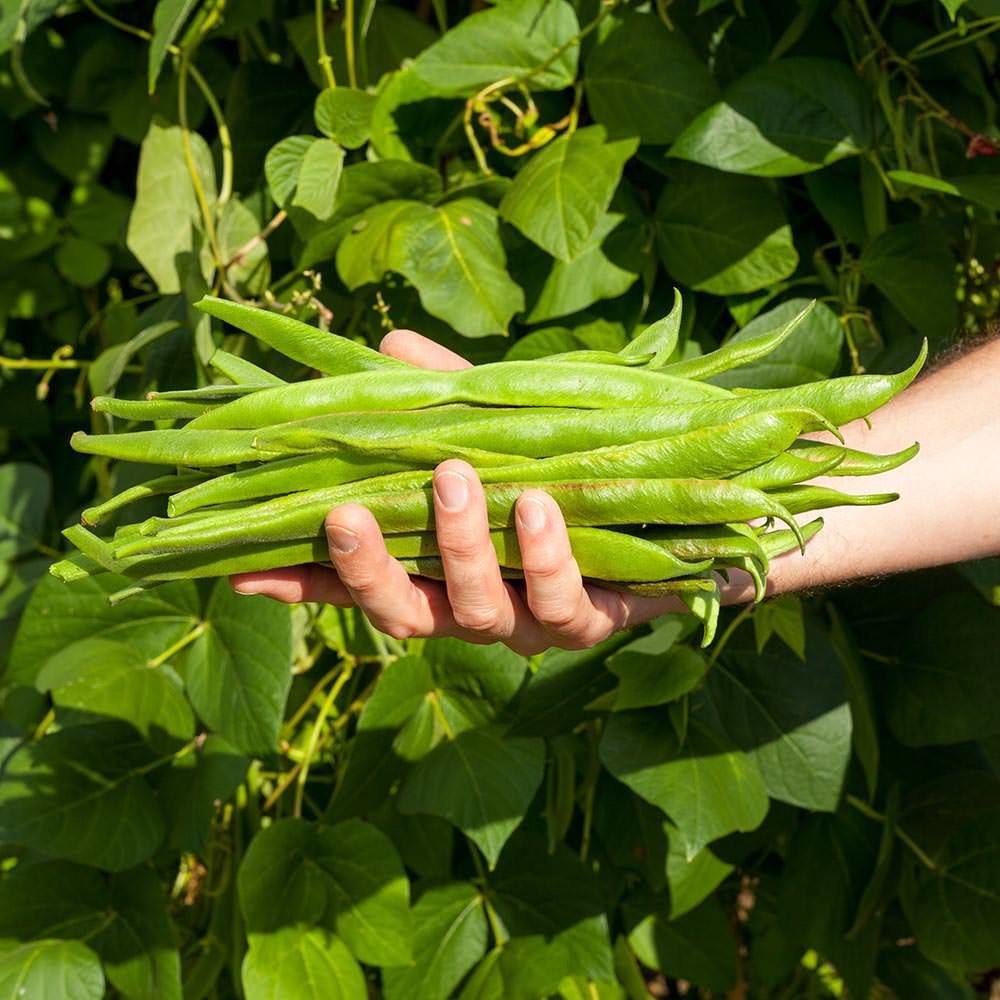
The Beaning of Life
Runner beans have been grown for food for more than 2,000 years. They’re a good source of vitamin C, folic acid, and fibre, and are very versatile in the kitchen plus they store well for years. The beans that we use in cooking are also the beans that we sow to grow new plants! That little starch-packed parcel provides the food a seed needs to grow its way out of the soil (as well as adding bulk and texture to winter soups.)
Speedy Beans
Beans really do grow fast! You could say it’s all done at a running-pace (we’re not sorry for that one). There’s a reason Jack’s magic beans were of the runner variety!
Cool Beans
Since beans needed to be able to be climbed up by boys looking for reward and mischief, they have always had to have strong supports. (Disclaimer: Don’t try it. It worked once and the giants are now much more alert.)
There are two main ways to support your beans. Firstly you can use 4-8 hazel or bamboo canes tied together at the top with twine and splayed into the ground at the bottom in a wigwam shape. You can also buy ready-made decorative ironwork or wicker-type wigwams. Secondly, and for that quintessential veg patch look, stake two rows of bamboo canes in the ground 60cm apart and tie them to a crossbar along the top to hold them together.
What’s the Difference Between French and Runner Beans?
There are many similarities in growing runner beans and french beans. Runners produce masses of long, flat pods over a long period, however, French beans cope better in long, hot summers and have a more delicate flavour and texture.
If you’re looking for a bean that’s perfect for pots and smaller veg patches, there are non-climbing, dwarf varieties that are ideal.
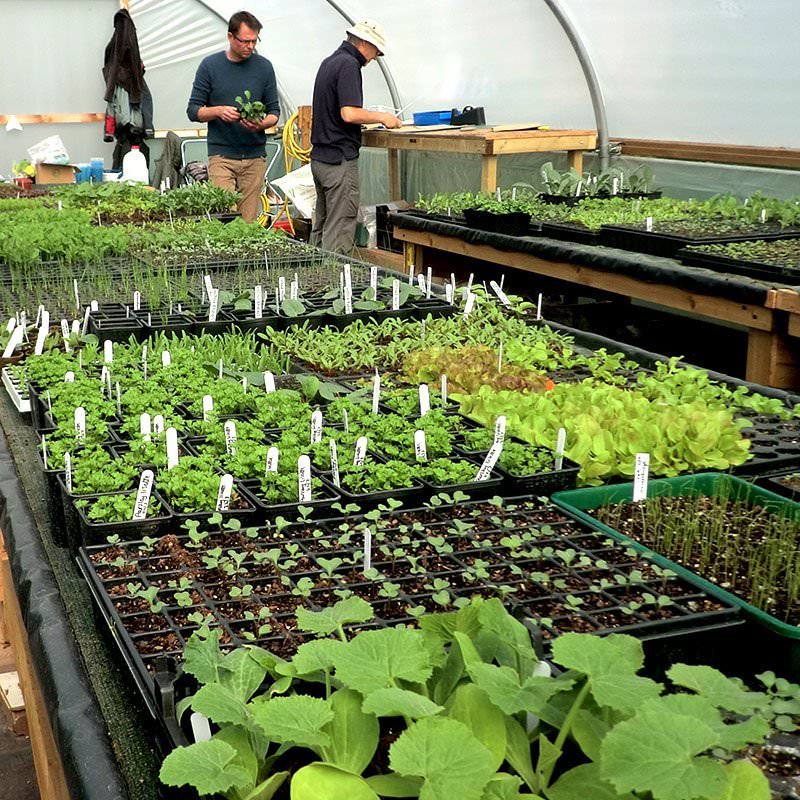
How to Grow
Sow
Sow beans indoors in April – May in groups of 4-6 in 6-9cm pots, or in twos in smaller modules.
If sowing directly into the soil, do so in mid May. Sow about 5cm deep, two at a time in case one doesn’t germinate, and space at an interval of 30cm apart at the base of canes so they have something to grab onto.
Grow
Pinch off the tops of the plants when they are nearing the top of the supports to encourage better pod formation. You may need to gently tie small plants to their supports to secure them until they grow a bit.
Keep plants consistently watered once they really get growing.
Needs
Feed your plants with a comfrey or seaweed feed when you see the first flowers appear.
Harvest
Harvest beans between 8-12 weeks after sowing and then continually every 2-3 days. The more you pick, the more the plant will produce.
Pests & Diseases
French and runner beans are fairly disease and pest free (hoorah!) They’re at their most vulnerable when they have just germinated and are still small. Don’t overwater them at this stage to avoid rot, and keep an eye out for damage by slugs and mice.
Some good varieties to start with:
- Dwarf French bean ‘Safari’ – compact bush
- Dwarf French bean ‘Purple Queen’ – purple variety
- Dwarf French bean ‘Capitano’ – compact yellow variety
French Climbing Beans
- ‘Borlotto Lingua di Fuoco’
- ‘Cobra’ – reliable heavy cropper.
- Cosse Violette’ – purple variety
- ‘Neckargold‘ – yellow variety
Runner Beans
- ‘Firestorm’ -scarlet flowers
- ‘Moonlight’ – white flowers
- ‘Painted Lady’ – red and white flowers
- Dwarf Runner bean ‘Queen of Hearts’
Beans are a fantastic plant to grow if you’re looking for something speedy and abundant. They’re a versatile vegetable that are as delicious as they are fun to grow!
